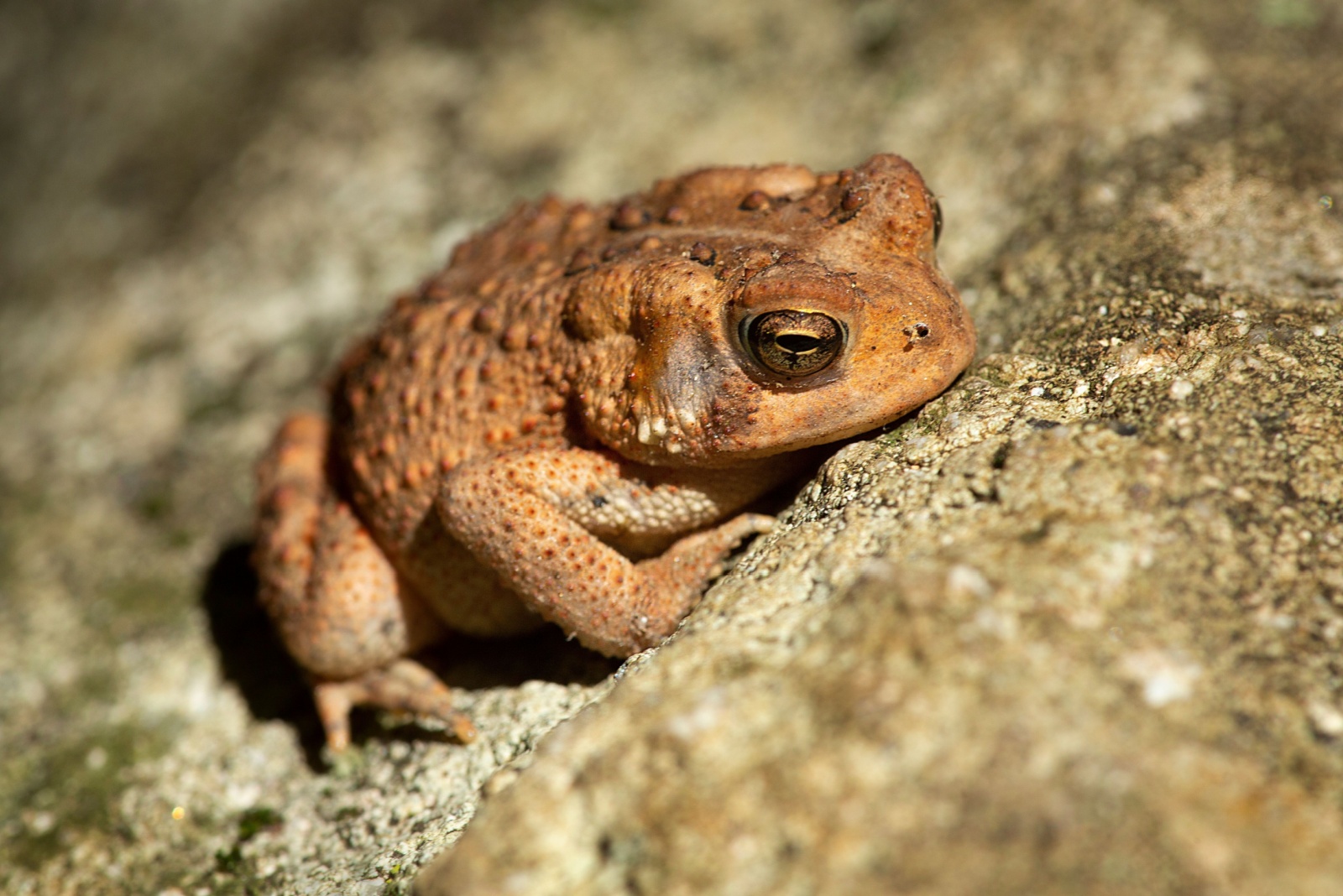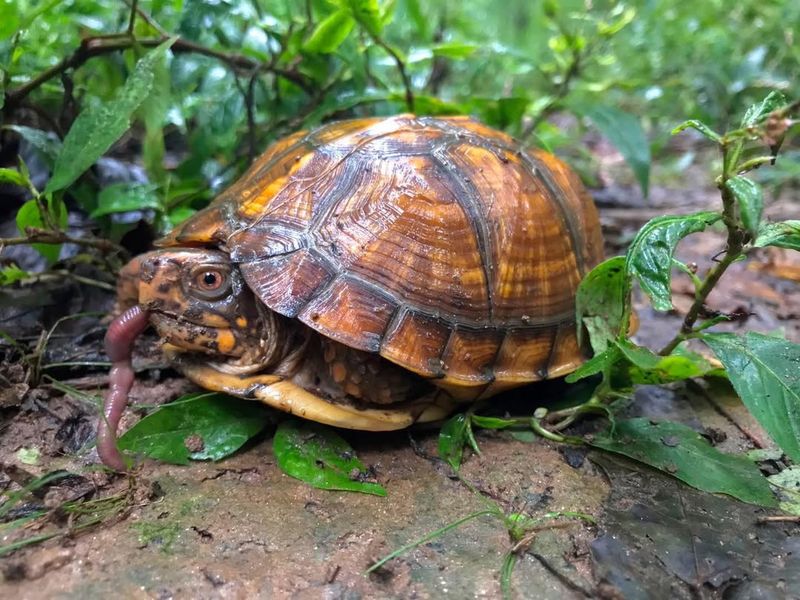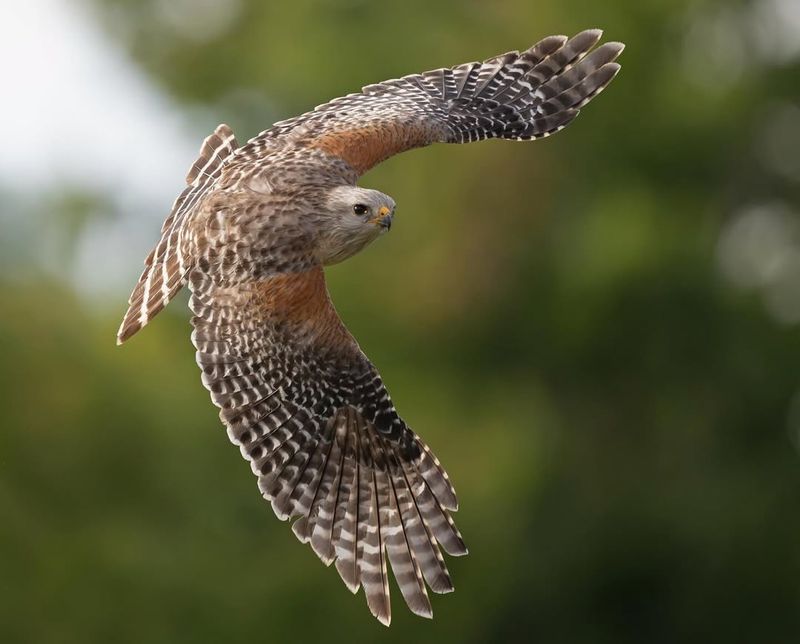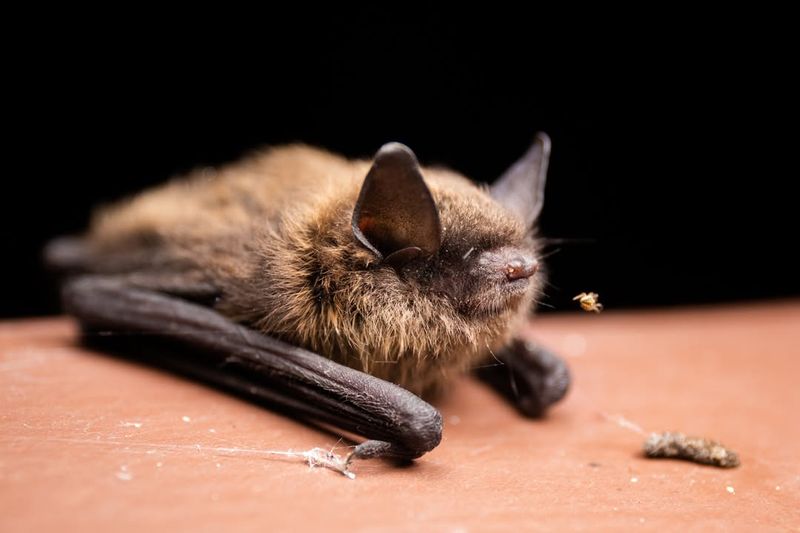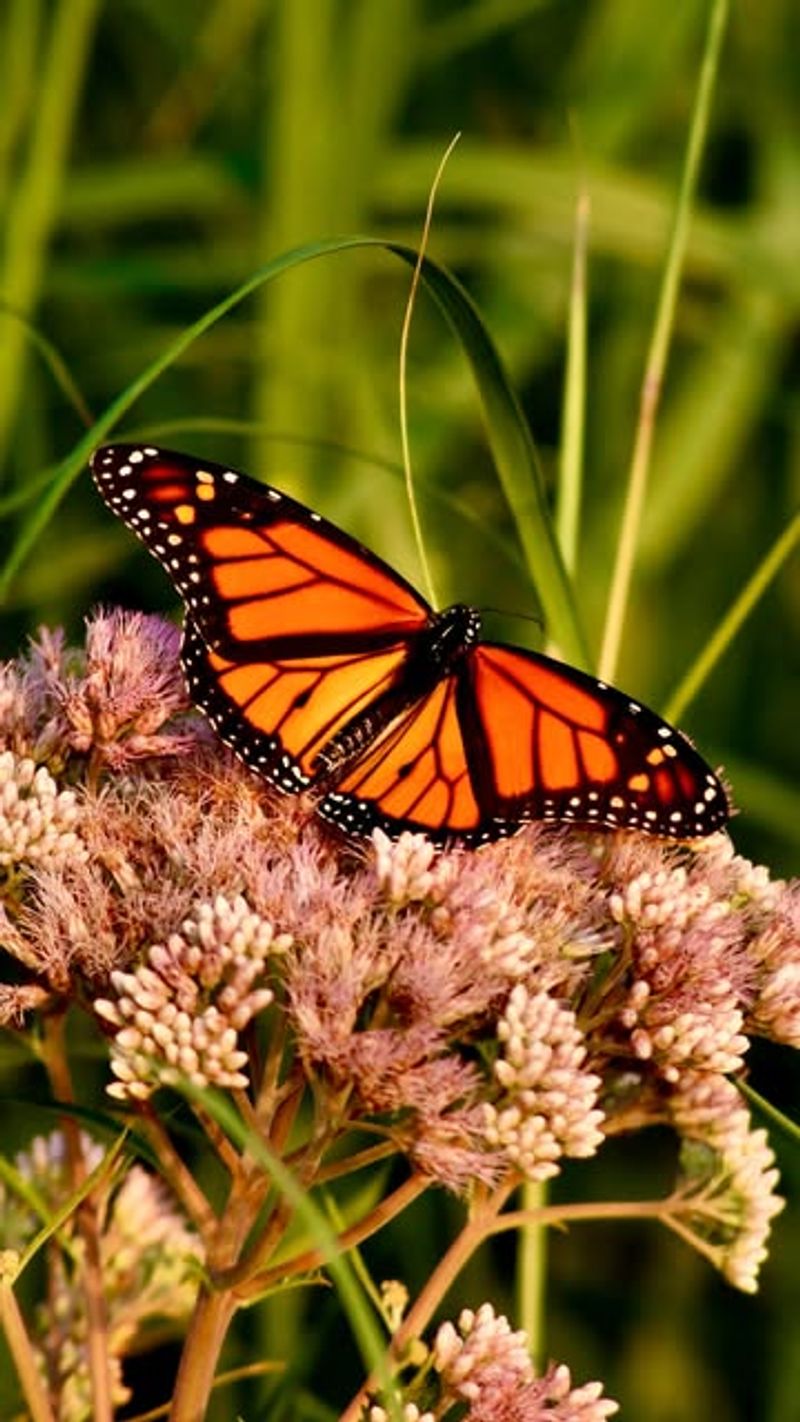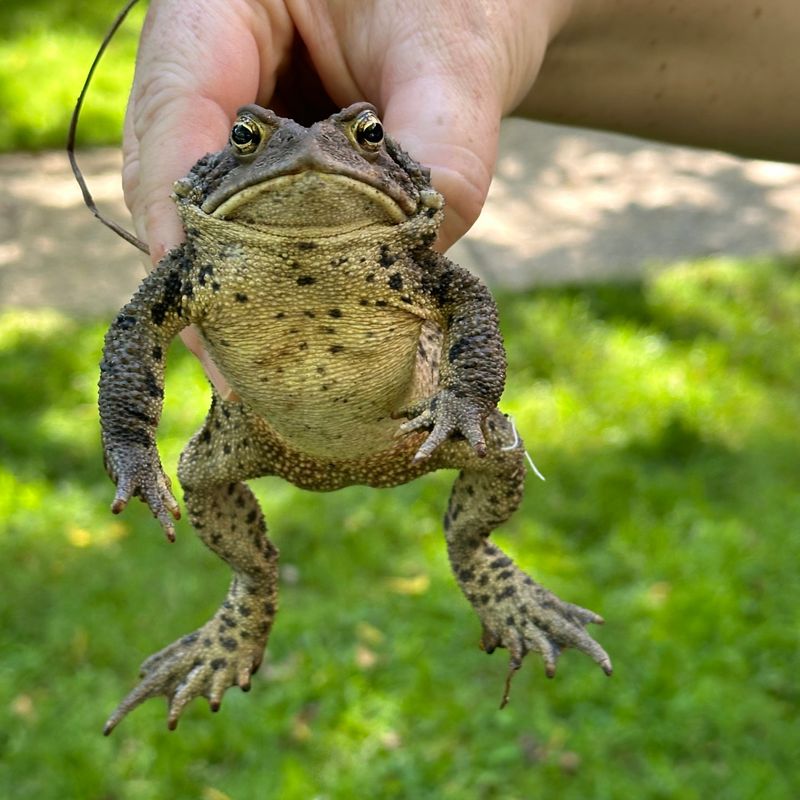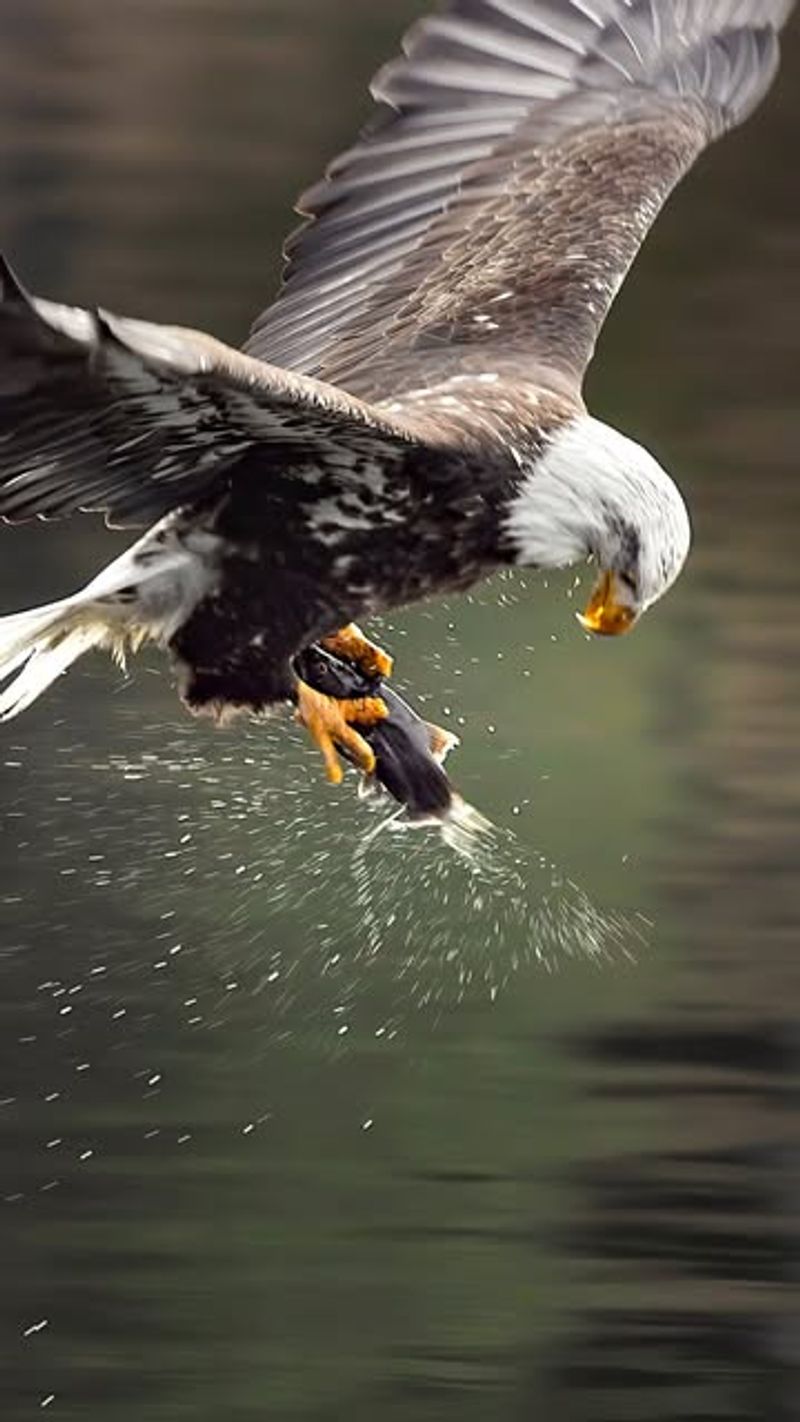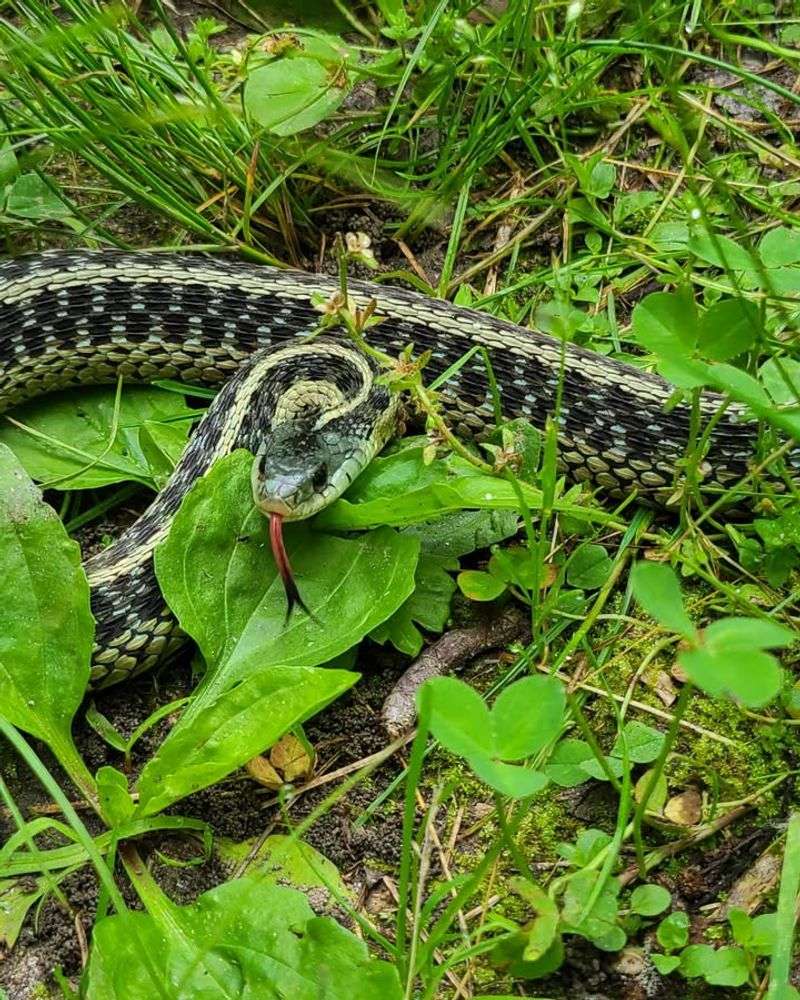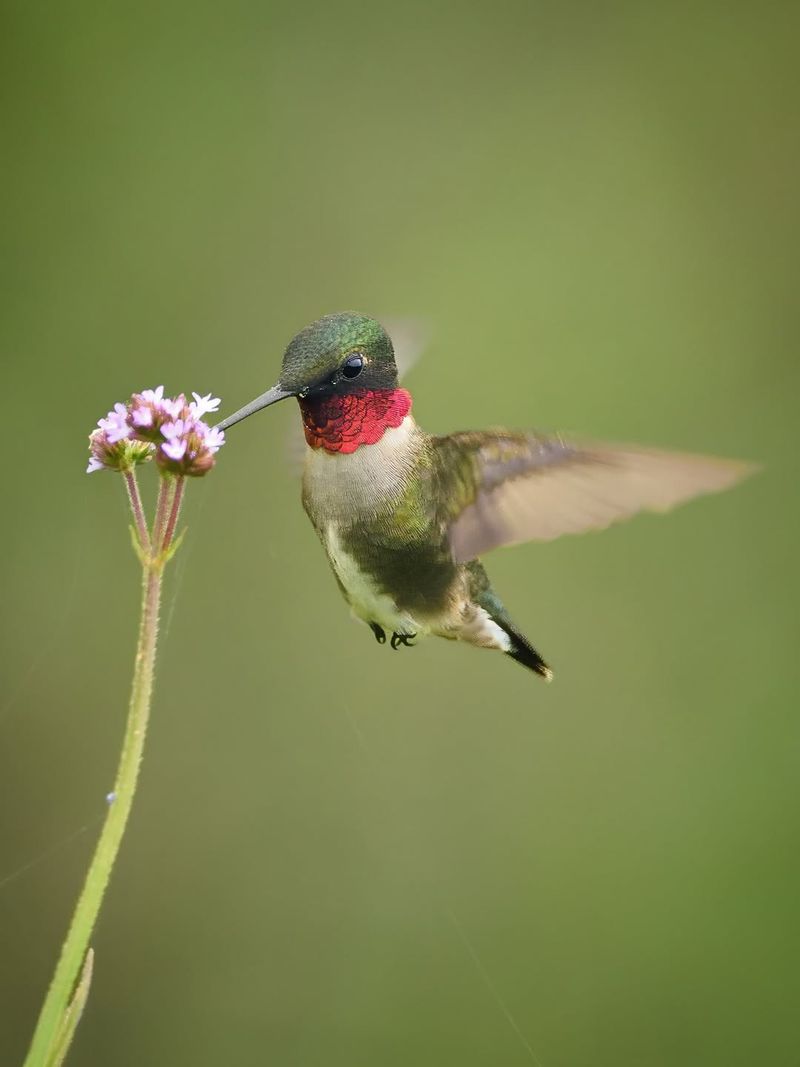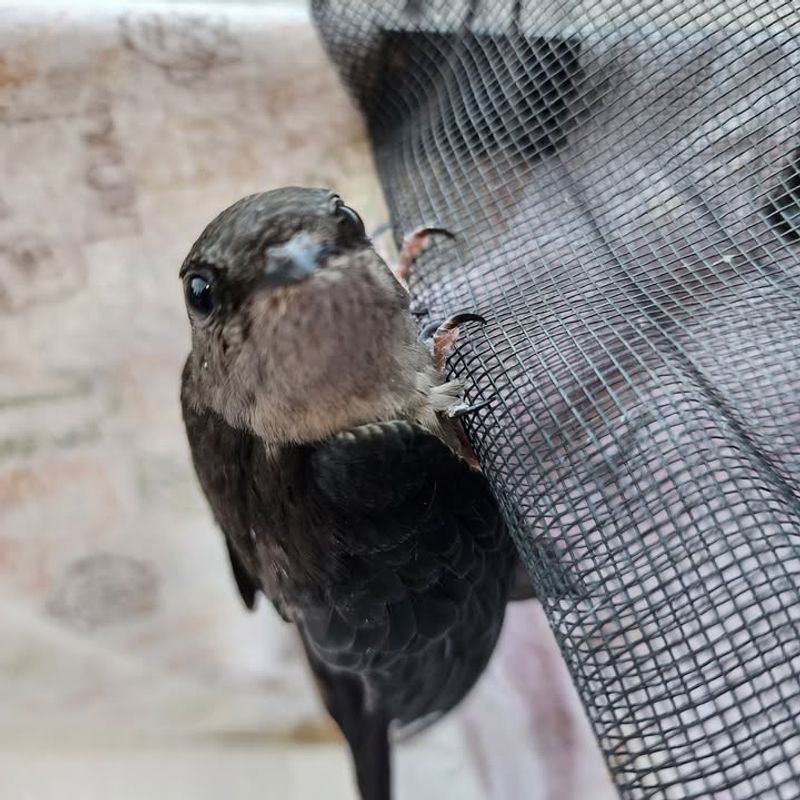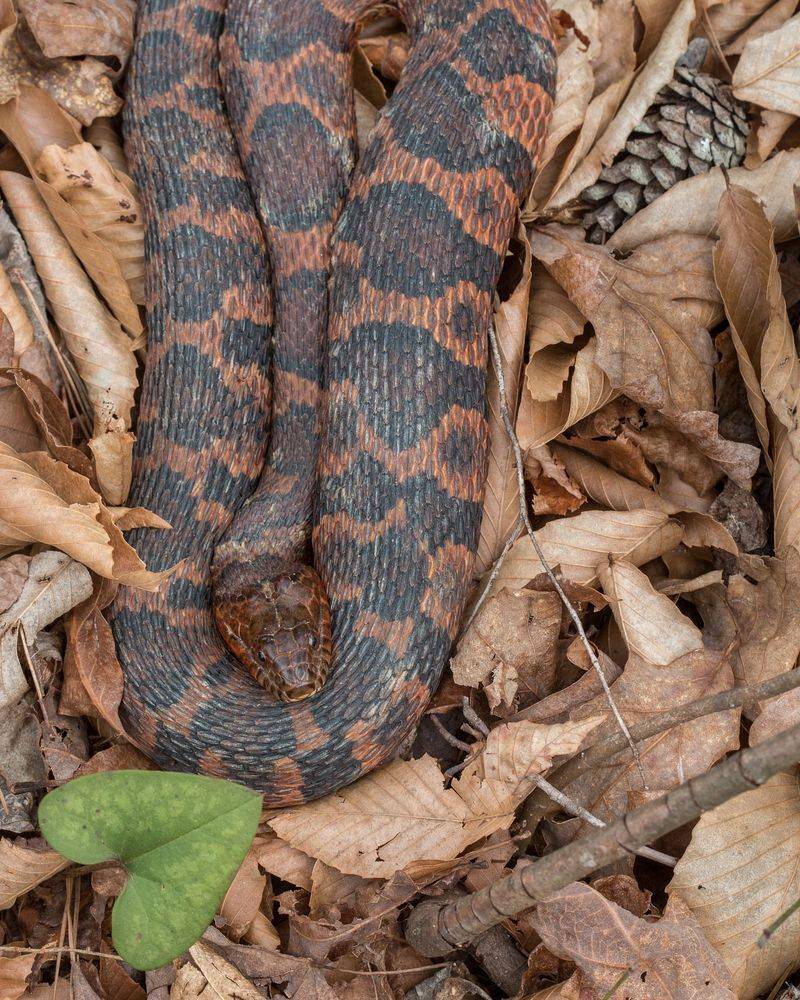Living in New York means sharing your outdoor space with wildlife that might surprise you. Some creatures that wander into your yard are protected by state and federal laws, making it illegal to harm or remove them.
Understanding which animals fall under these protections helps you avoid hefty fines while respecting nature’s balance in your own backyard.
1. Eastern Box Turtle
Spotting one of these colorful shelled wanderers in your garden is actually a rare treat. Eastern box turtles are protected under New York state law as a species of special concern, meaning you cannot capture, harm, or relocate them from your property.
Their populations have declined significantly due to habitat loss and road mortality. If you find one crossing your lawn, simply let it continue on its journey.
Building a turtle-friendly yard with native plants and avoiding pesticides helps support these ancient reptiles that can live over 100 years in the wild.
2. Red-Shouldered Hawk
With a piercing call that echoes through neighborhoods, this medium-sized raptor often hunts in suburban yards. All hawks receive federal protection under the Migratory Bird Treaty Act, making it illegal to disturb, trap, or harm them in any way.
Red-shouldered hawks help control rodent and snake populations naturally. They prefer wooded areas near water but adapt well to residential zones with mature trees.
If one builds a nest in your yard, consider yourself lucky and give the area wide berth during nesting season.
3. Little Brown Bat
Flying around your porch light at dusk, these tiny mammals provide incredible pest control by eating thousands of mosquitoes nightly. New York law prohibits harming bats or destroying their roosts, especially during maternity season from May through August.
Populations have crashed due to white-nose syndrome, a devastating fungal disease. If bats roost in your attic, you must hire licensed professionals who use humane exclusion methods.
Never attempt removal yourself, as disturbing maternal colonies can orphan babies who cannot survive alone.
4. Monarch Butterfly
Floating gracefully through summer gardens, monarchs face alarming population declines that prompted legal protections. While not illegal to accidentally harm individuals, destroying milkweed plants that monarchs depend on for reproduction violates conservation efforts in some jurisdictions.
New York strongly encourages homeowners to preserve milkweed and nectar plants. Monarchs travel thousands of miles to Mexico each fall, making every backyard habitat crucial for their survival.
Planting native milkweed species transforms your yard into a protected waystation for these iconic travelers.
5. American Toad
Hopping through flower beds on rainy evenings, these bumpy amphibians are protected under regulations that prohibit collecting native wildlife. American toads play vital roles in controlling garden pests like slugs, beetles, and mosquitoes without any effort from you.
Despite old myths, touching toads will not give you warts, though their skin does secrete mild toxins that deter predators. Creating toad-friendly spaces with shallow water dishes and hiding spots under rocks encourages them to stick around.
Their nighttime trilling songs signal healthy backyard ecosystems worth preserving.
6. Bald Eagle
Seeing America’s national symbol soaring over your property is breathtaking, and disturbing them carries serious federal penalties. Bald eagles receive maximum protection under both the Bald and Golden Eagle Protection Act and the Migratory Bird Treaty Act.
Their comeback from near extinction represents one of conservation’s greatest success stories. Eagles nest near water bodies and may fish in backyard ponds.
Disturbing nests or even approaching too closely can result in fines up to $100,000 and jail time, so admire these magnificent raptors from a respectful distance always.
7. Garter Snake
Sunning themselves on warm rocks or slithering through mulch, garter snakes are completely harmless and legally protected from unnecessary killing. New York regulations prohibit harming native reptiles without proper permits, as they control pest populations effectively.
Many homeowners fear snakes unnecessarily, but garters eat slugs, insects, and small rodents that damage gardens. They are non-venomous and rarely bite unless handled roughly.
Encouraging snake populations means fewer chemical pesticides needed, creating healthier yards for children and pets to enjoy safely throughout summer months.
8. Ruby-Throated Hummingbird
Buzzing like tiny helicopters around flower gardens, these jewel-toned visitors migrate thousands of miles and receive full federal protection. Harming hummingbirds or destroying their nests violates the Migratory Bird Treaty Act with significant legal consequences.
Despite weighing less than a nickel, they pollinate countless plants while feeding on nectar and insects. Providing sugar water feeders and native flowering plants supports their incredible migration journey.
Clean feeders regularly to prevent harmful mold, ensuring these aerobatic wonders return to your yard year after year without fail.
9. Chimney Swift
Chattering loudly as they circle rooftops at twilight, these acrobatic fliers often nest inside unused chimneys during summer months. Federal law protects chimney swifts, prohibiting removal of active nests or blocking chimney access during nesting season.
Swifts cannot perch like other birds and must cling to vertical surfaces. They consume thousands of flying insects daily, providing natural pest control.
If swifts occupy your chimney, wait until fall when they migrate south, then install chimney caps to prevent future nesting conflicts with heating systems.
10. Northern Water Snake
Often mistaken for venomous water moccasins (which do not live in New York), northern water snakes are harmless and legally protected from unnecessary harm. They inhabit areas near ponds, streams, and water gardens where they hunt fish and amphibians.
Water snakes help control fish populations and eat diseased individuals, maintaining ecosystem health. Though they may flatten their bodies and strike when threatened, they are non-venomous.
Learning to identify them correctly prevents needless killing of beneficial wildlife that naturally belongs in New York’s aquatic environments year-round.

